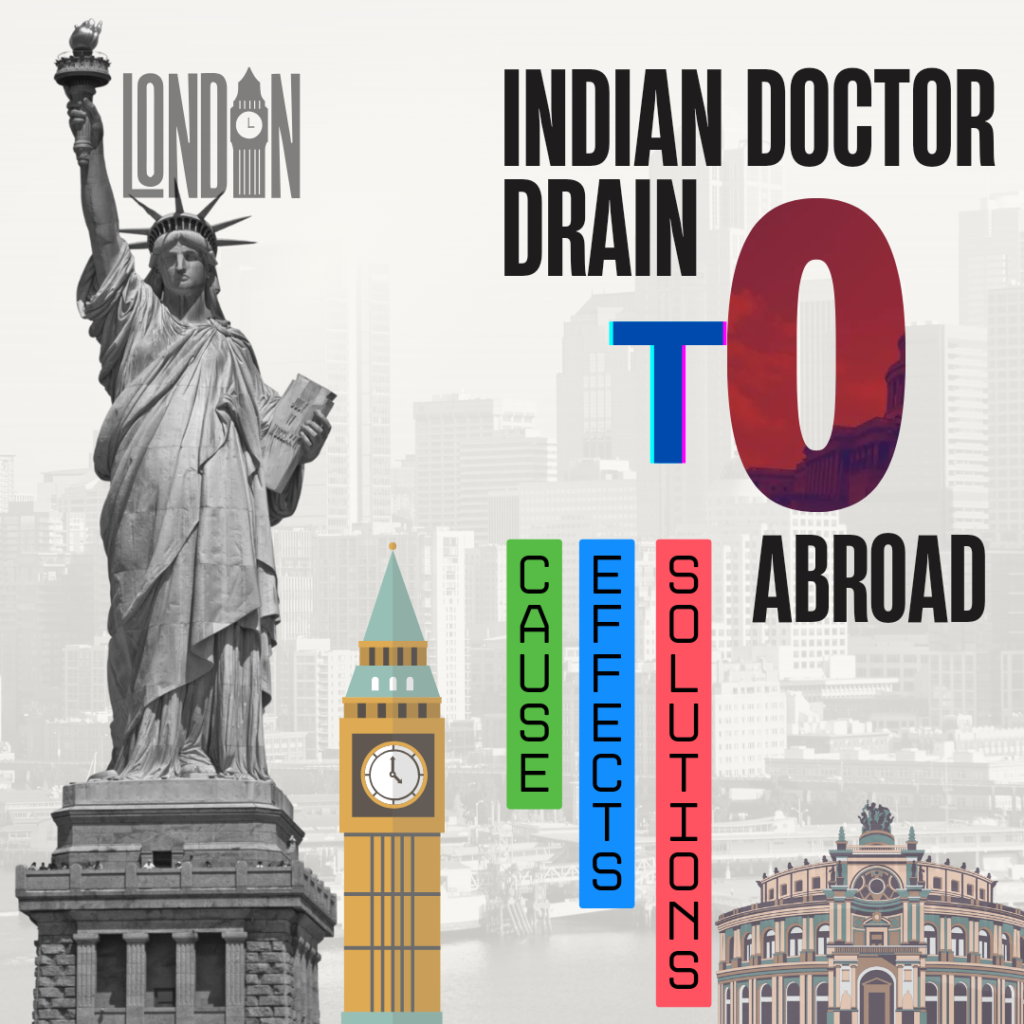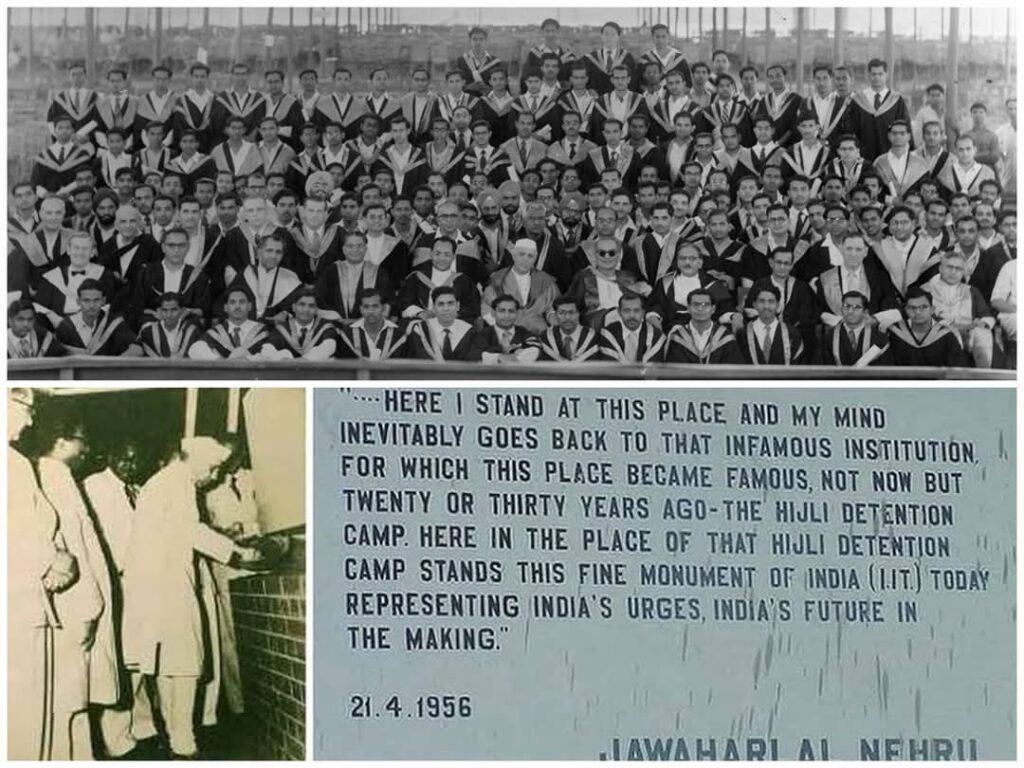The Indian government has allocated Rs. 1.25 lakh crore to the Ayushman Bharat Yojana — a bold step towards providing universal healthcare access. If this amount were distributed evenly across 415 healthcare institutions, that is 26 AIIMS and 386 state and central government Medical Colleges each would receive approximately Rs. 301 crore.
Such substantial funding, if utilized effectively and transparently, could revolutionize healthcare delivery – from upgrading infrastructure, procuring cutting-edge equipment, boosting human resources, and enhancing service quality.
Well-staffed and equipped hospitals with modern facilities in every region, reduces patient load on individual tertiary centers and ensures equitable facilities , efficient patient care.
India’s dream of quality healthcare for all isn’t out of reach — it hinges for not focusing on performance-based allocation, robust monitoring, and prioritizing long-term impact over quick political wins.
Effective, transparent use could:
- Upgrade infrastructure (beds, ICUs, diagnostic labs).
- Can be used to Hire & train existing doctors, nurses and support staffs.
- Install modern equipment & upto date IT systems.
- Reduce burden on overworked urban hospitals.
- Improved access & quality for rural and underprivileged patients.
According to MOHFW report, GoI
- ₹1.25 lakh crore spent on Ayushman Bharat so far with over 36.9 crore Ayushman cards issued, reducing out-of-pocket expenditure from ~62% to ~38% for patients
So again almost 1 lack crore / 411 means almost 243 cr Per Government Hospitals
Summing this all government hospitals be it central or state government run could potentially get around 544 crore for Infrastructural development and equipment installations.
India continues to pour massive sums into welfare and direct benefit schemes — often to achieve political points and build vote banks. But where is the long-term investment in real development ?
Welfare spending, though important, rarely builds sustainable systems.
Unless we shift from short-term popular vote bank aimed politics to building capacity and introducing efficiency, repeating the cycle will continue and every time it will end up into a public sector that fails to deliver quality services to it’s citizens despite taking huge amount in Taxes directly or indirectly.




